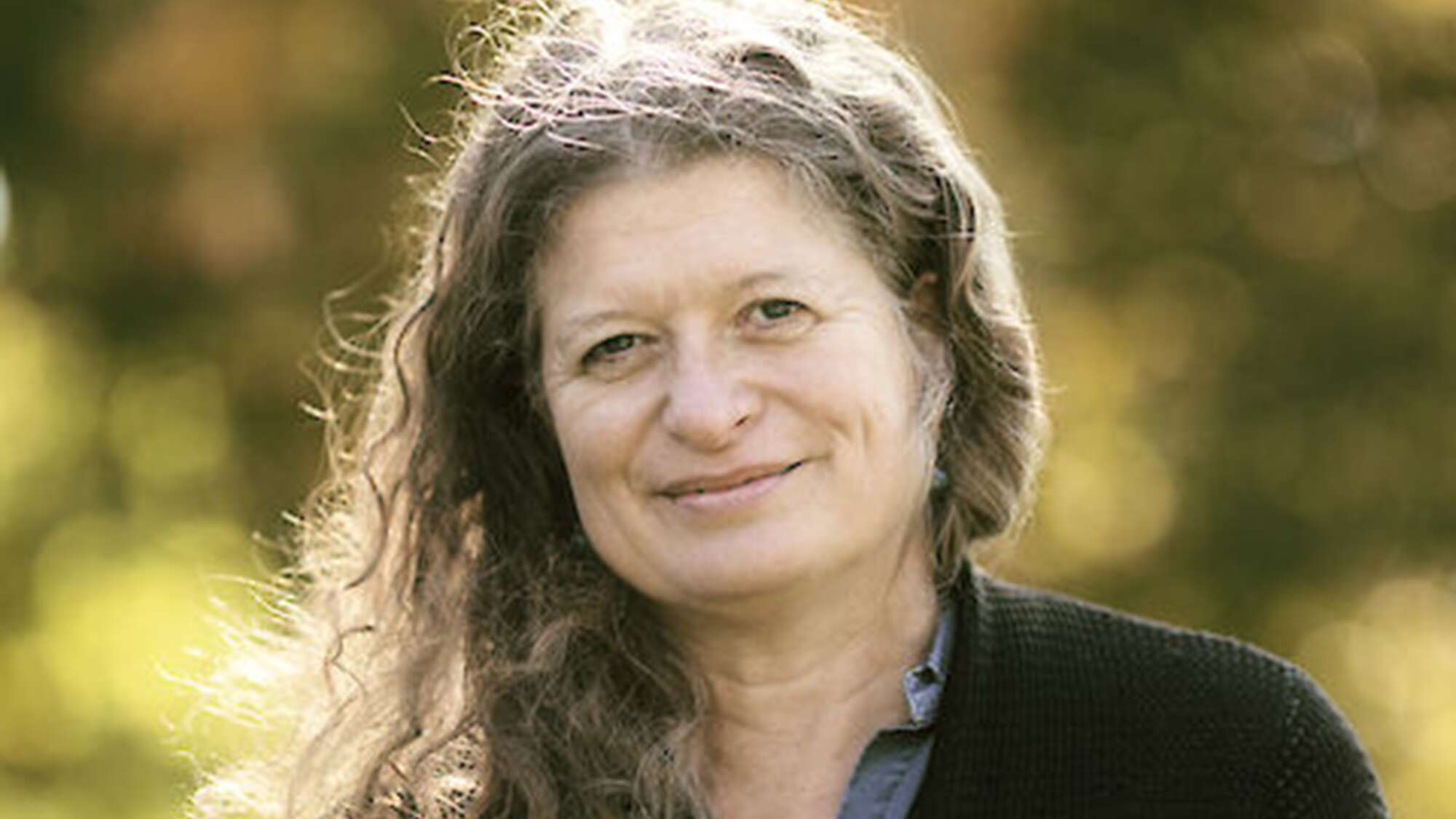Dr. Justina Ray is not only protecting Canada’s wild spaces – she is about redefining how conservation itself is done. As President and Senior Scientist of Wildlife Conservation Society Canada, she has built a career that reaches far beyond field biology, asking what it truly means to sustain life across landscapes that shape both ecology and identity.
Her work has taken her to the tropical forests of Asia and Africa, the vast boreal and sub-arctic zones of Canada, and many places in-between guided by a singular conviction: science must serve the future of the living world.
Ray’s path into northern conservation began with questions rather than assumptions. How do wolverines and caribou survive when their ranges fragment? What happens when the climate itself becomes a moving target?
These inquiries led her into some of Canada’s most remote ecosystems, where she has spent decades studying the intricate dynamics of large mammals and their habitats. During her tenure, WCS Canada has transformed such research into a blueprint for better land-use decisions.
Equally at home in a government briefing room as in a frozen forest, Ray has served as co-chair of the Terrestrial Mammals Subcommittee for COSEWIC and contributed to the International Union for Conservation of Nature’s global initiatives on biodiversity and protected areas. Her influence has brought together researchers, Indigenous leaders, and decision-makers to help bring about real and lasting change.
“We must listen to the land, to the species, to each other, because every small disturbance ripples through the whole.”
Dr. Justina Ray
In 2022, Dr. Ray received the Wilburforce Conservation Leadership Award. The award was in recognition not of a single project, but Ray’s career spent connecting science with stewardship. Yet, accolades are not what drive her. What moves her is fieldwork, the long view of ecosystem resilience, and the conviction that data only matters when it protects its subjects.
Ray often reminds colleagues that the boreal forest, one of Earth’s last great intact ecosystems, is not a backdrop but a lifeline. Her work urges us to see beyond maps and metrics toward the living continuity they represent. In her vision, science is not only a tool, but a call to care more deeply for the wild systems that sustain us all.
*All images © Justina Ray
Disclaimer: The views and opinions expressed in this interview/spotlight are those of the interviewees and do not necessarily reflect the views or positions of Public Health Landscape or Valent BioSciences, LLC.
